When doing a small scale but lovely assignment such as this Printique book project about The Fountain Inn, I actually hear Jay Maisel in my head. “Everything has gesture.”
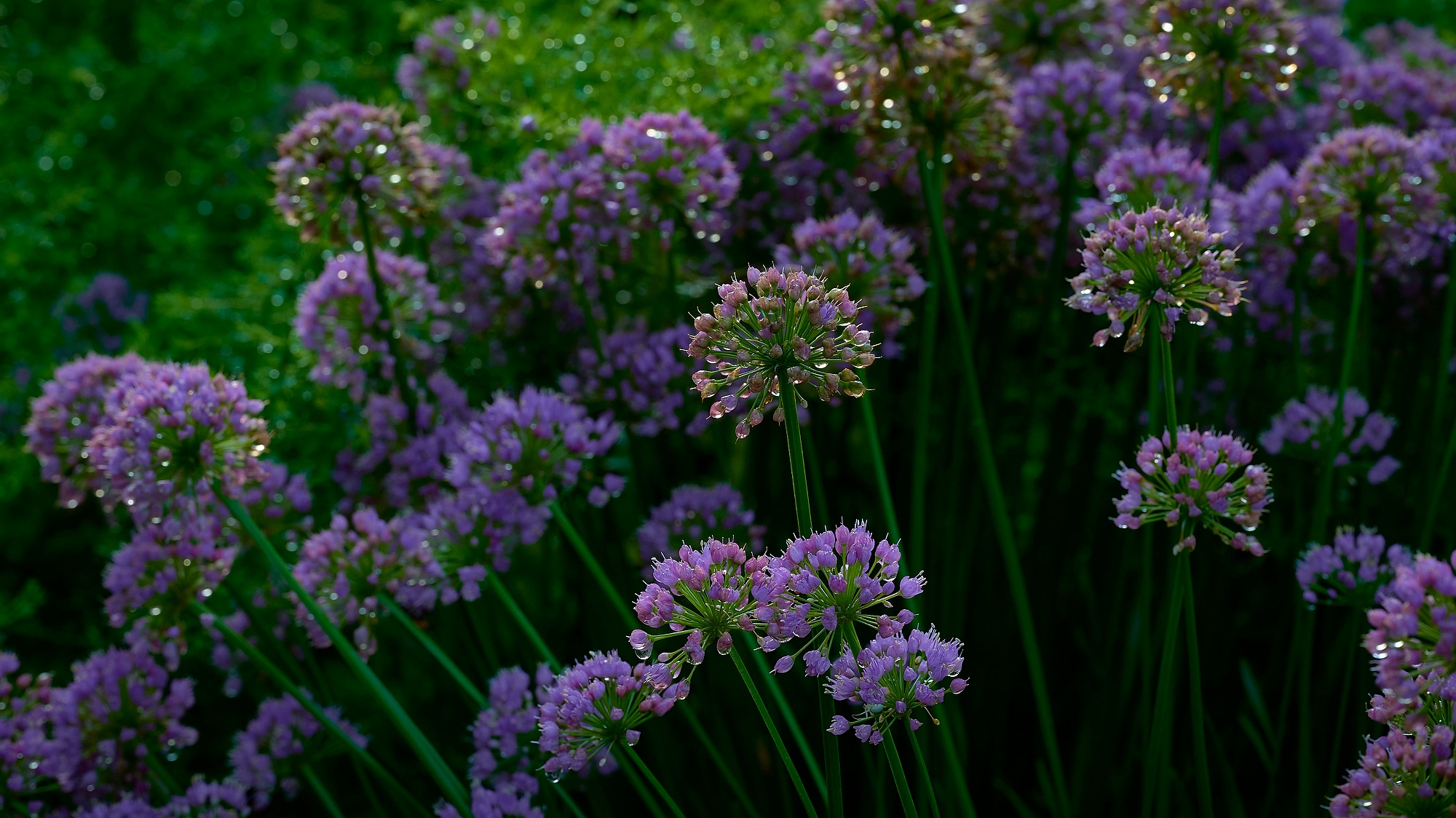

That’s not something I usually have to remind myself of. I’m a people photog, and people, well, they definitely have gesture. Or, perhaps more appropriately, gestures. Some not all that pleasant, some quite intriguing.
So, when looking at a building, no matter how lovely, I look for gesture, a poignant combination of light, angle and space that has a voice. I am also always reminded of notable Magnum photographer Burt Glinn’s reply to the question of how he found inspiration in the corporate hallways and factories he was famed for shooting. His reply, evidently, was something along the lines of, “Sometimes I just sit down and wait for the machine to speak to me.”
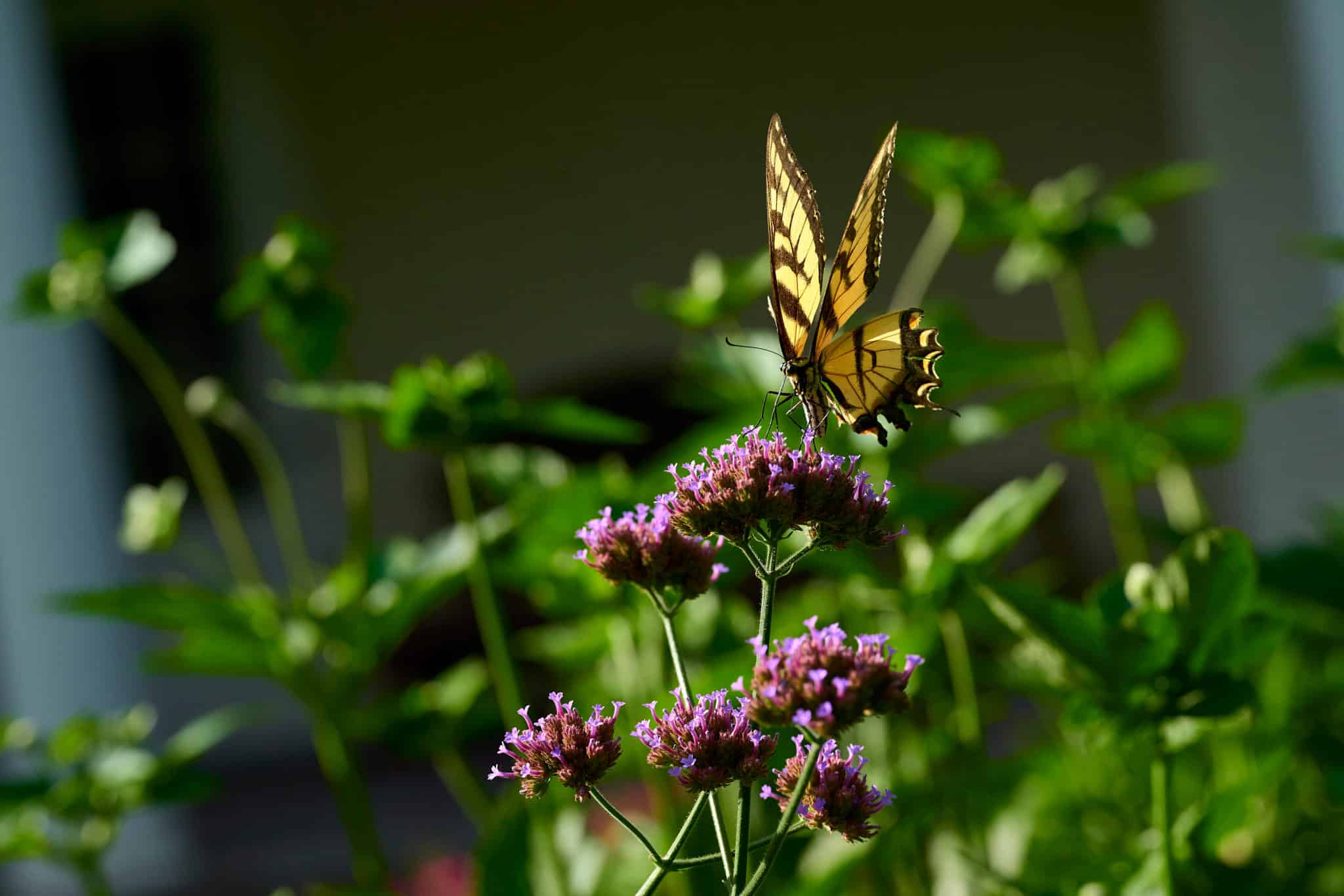
Entire to detail. Another good mantra to have in your head on a job like this. Putting yourself in the shoes and the eyes of the reader who has never seen the Fountain before. First, what does the whole shebang look like? And then, what are the details that make up this historic entity?
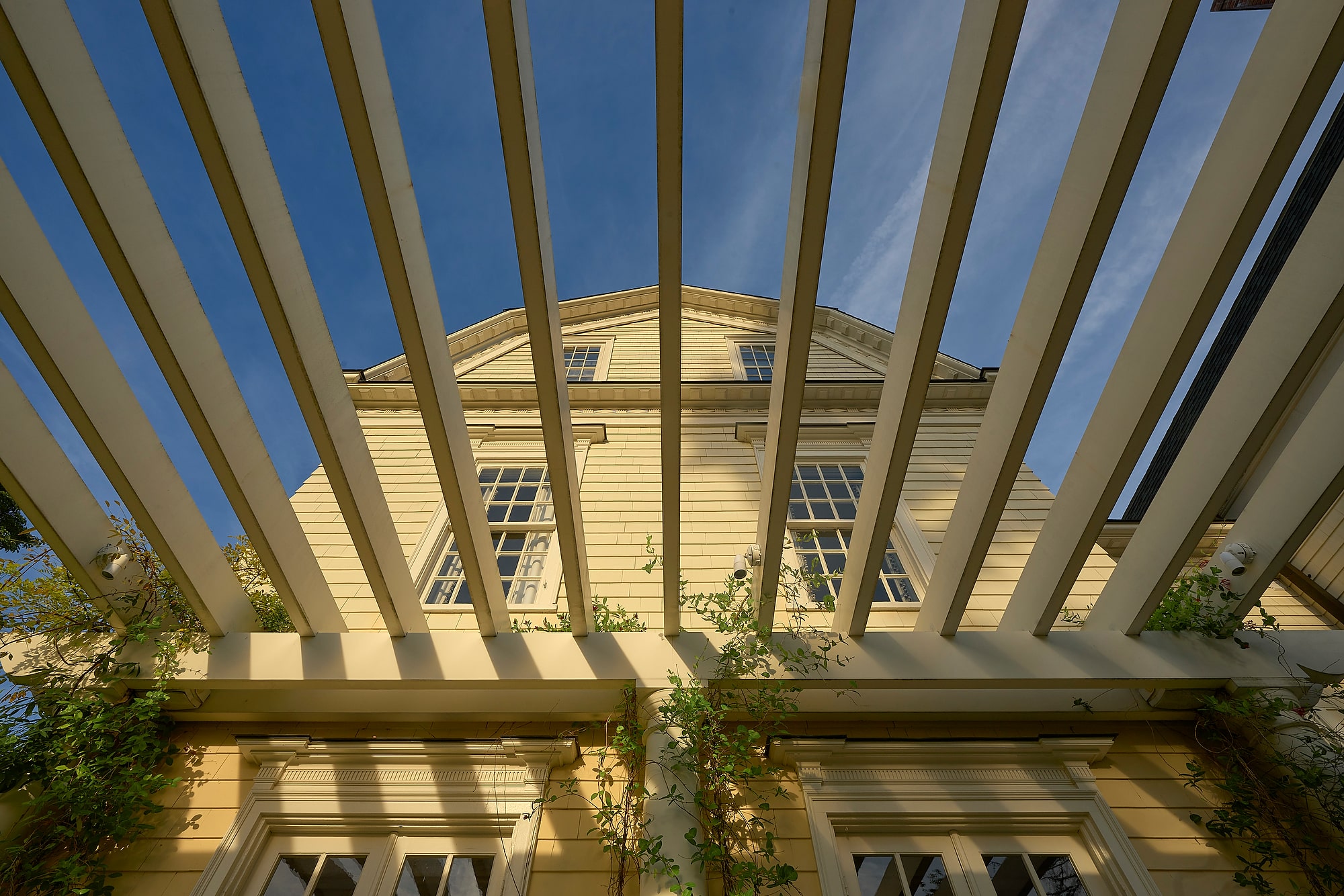
Creating a book such as Printique can readily print is the perfect vehicle to explore the notions and mantras of a job like this. Pacing is important. Light becomes the drumbeat to which you march the camera. And, it’s important to arrest the eye of the viewer. A good way to do this is lens selection.
I used Nikon Z 9 cameras on this job. (Also used Angelbird CF cards, which are the very definition of speed.) And a range of lenses: Nikkor 14-24mm f/2.8, 19mm f/4 tilt-shift, an F mount 28mm f/1.4 coupled to the Z 9 with an FTZ adapter, 105mm f/2.8, 70-200mm f/2.8, S series 400mm f/2.8 TC.

In other words, I brought the whole bag, basically. And a heavy duty Gitzo Systematic for the long glass and the long exposures. Not to mention I actually did a couple HDR images via Capture One Pro, but don’t let that get around.

Same garden, different light, different approach.
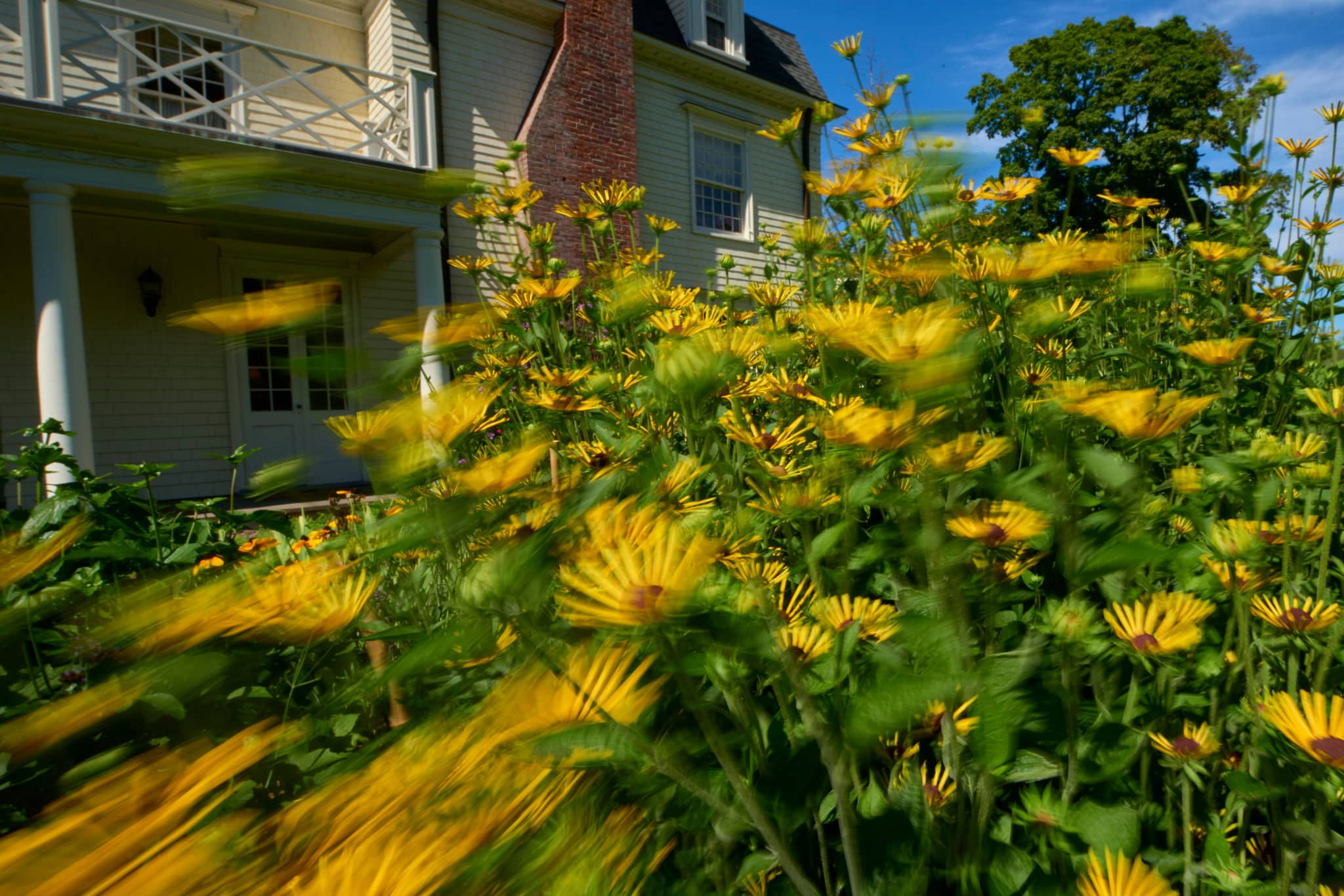
Along with lens selection, playing with white balance such as incandescent, seen below, can also throw the viewer a pleasant curve, and entertain their eye.
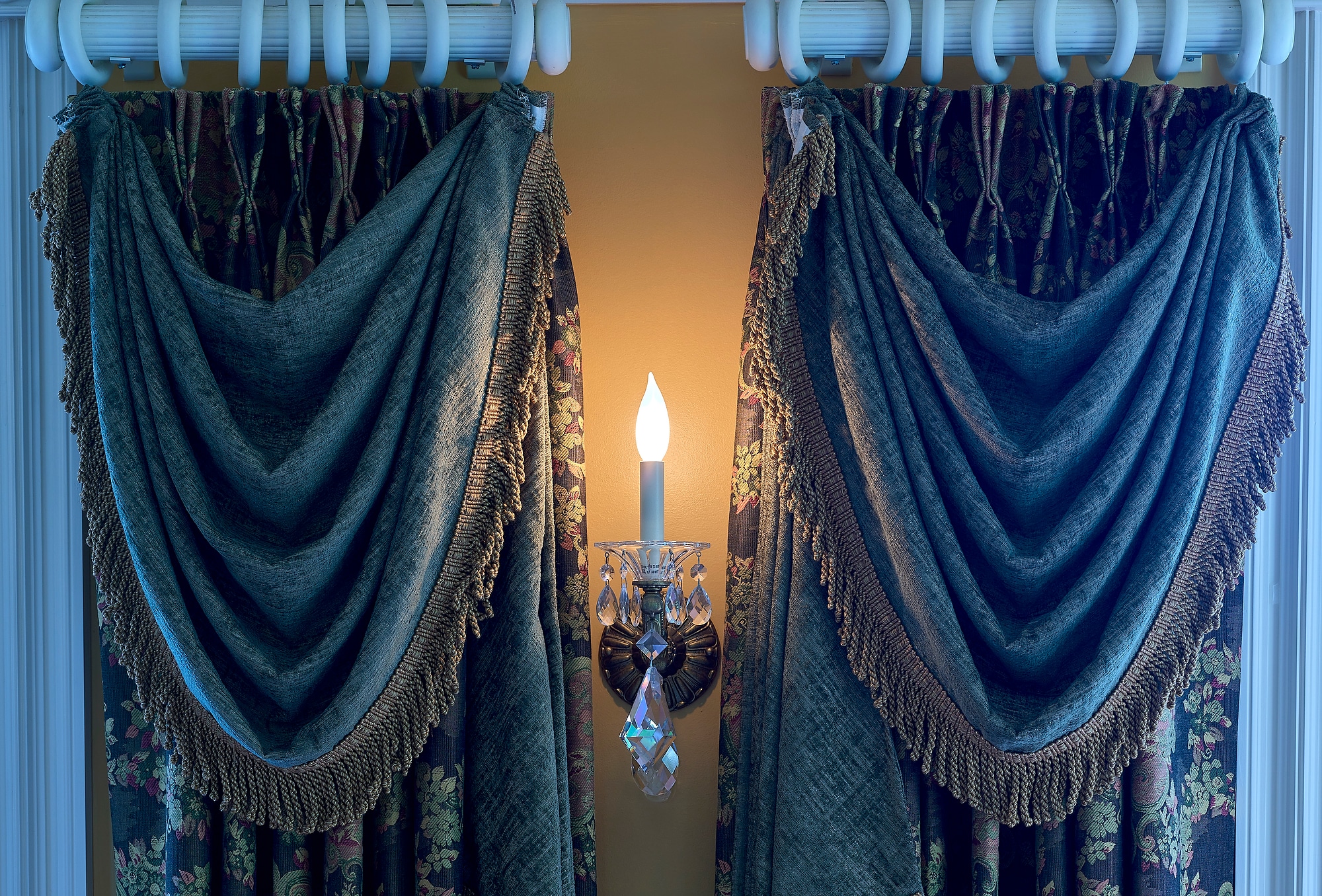
Choosing a type of light also adds page-to-page turning interest, hopefully.
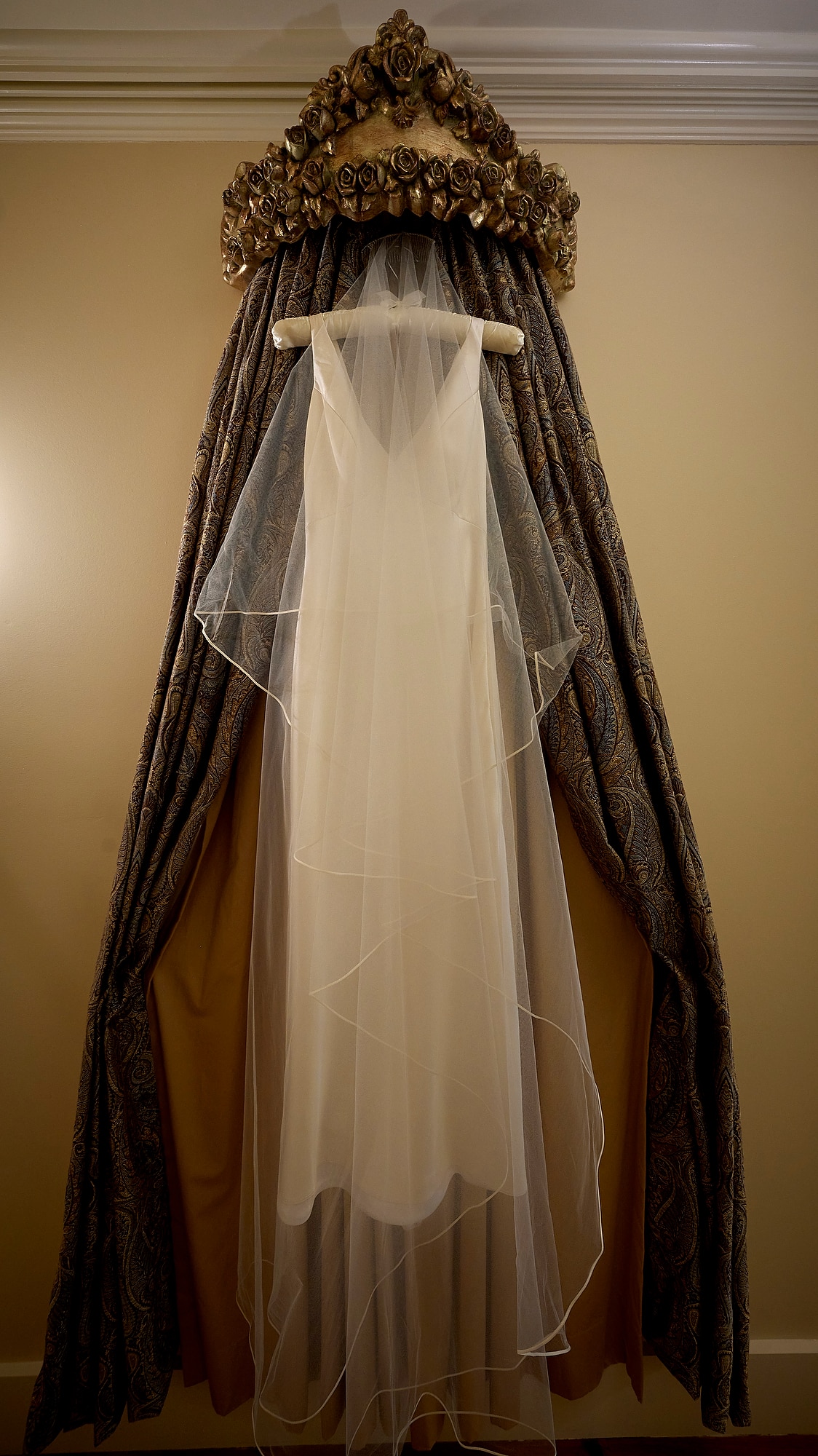
And speaking of turning pages, one major tool producing a book gives you is control of the look of the spreads. (Laying a book out online is crazy easy with Printique.)
Angles, lines, shifts in color and tone….all are viable strategies to keep pictorial life in the pages.
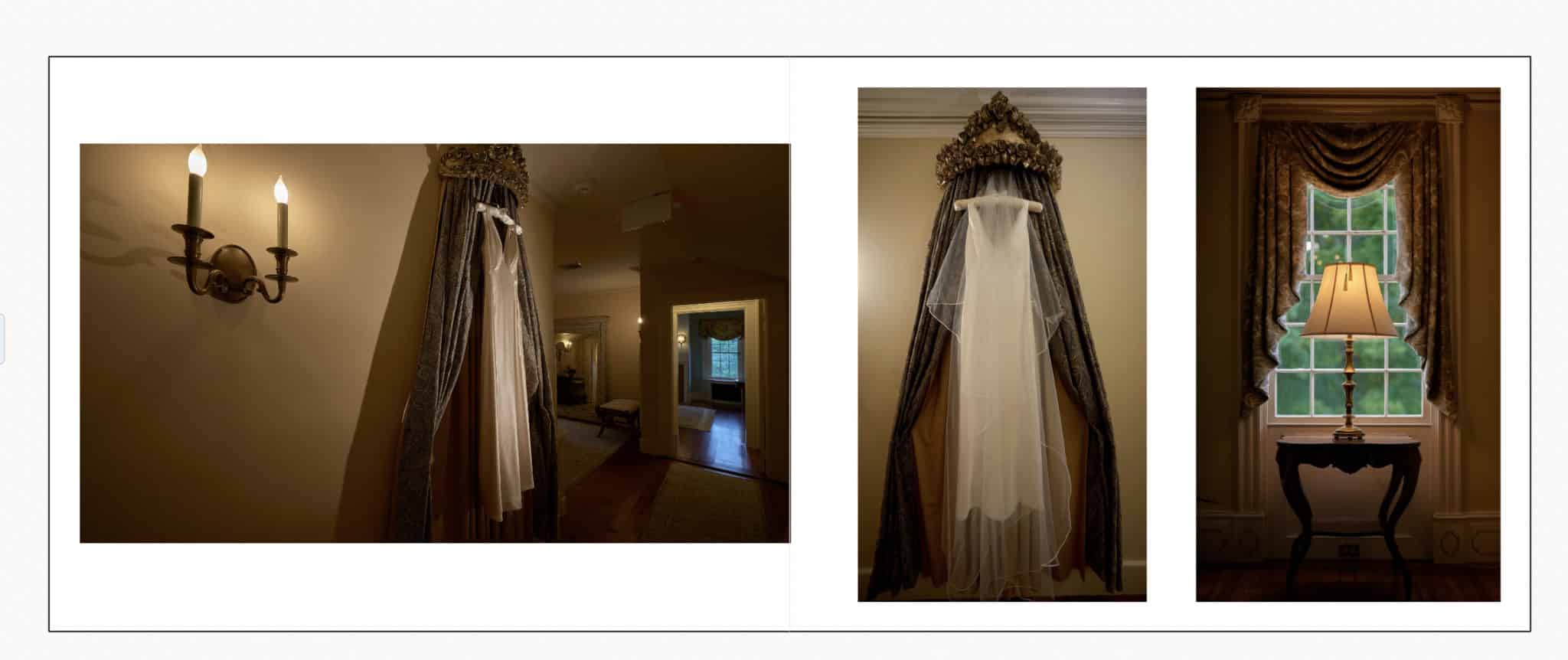

It’s up to you to keep changing the pace, the lens and the light…right up to the edge of dusk.
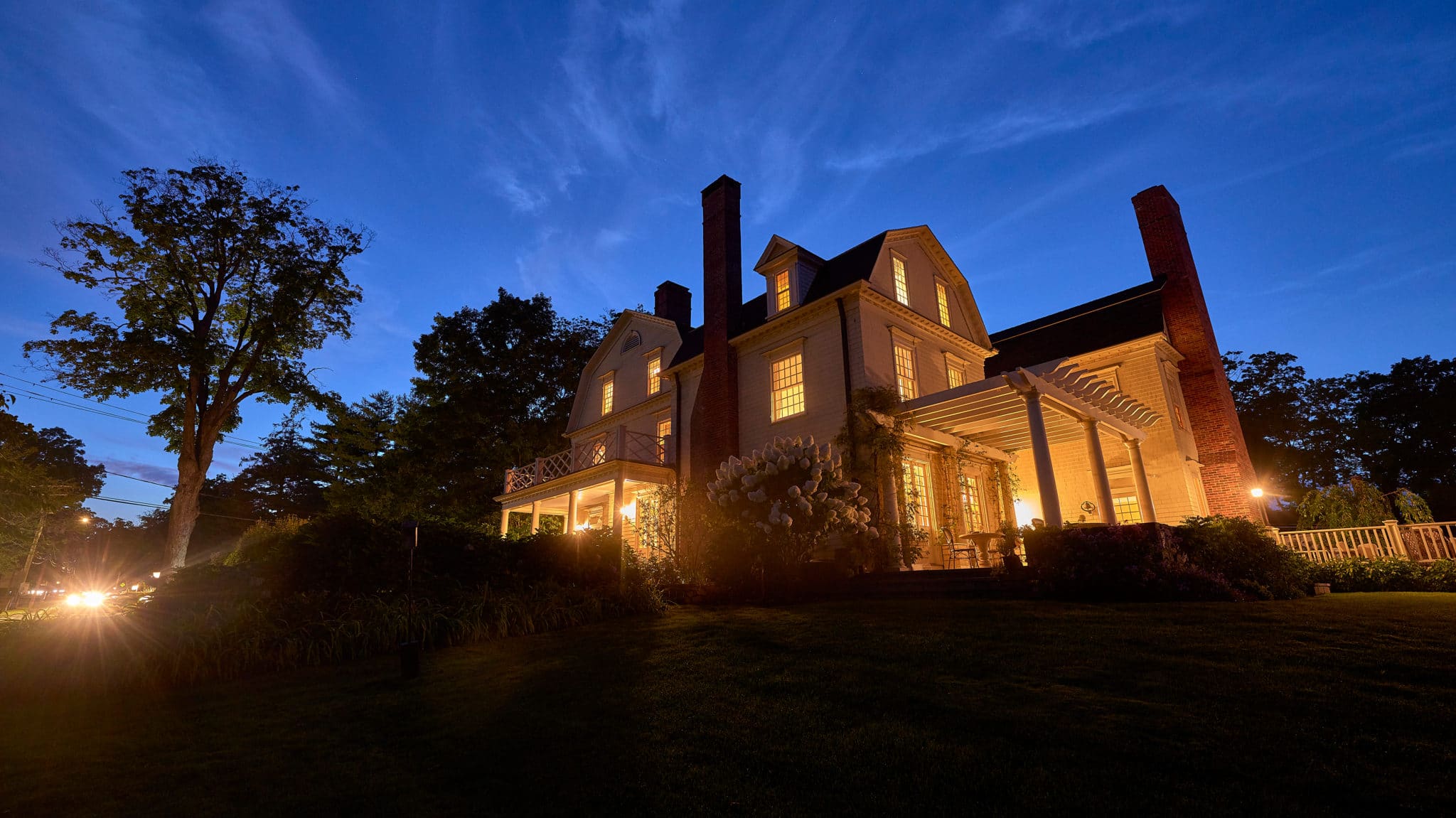
More tk….
The post Visual Pacing of Making a Book…Dawn to Dusk appeared first on Joe McNally Photography.






